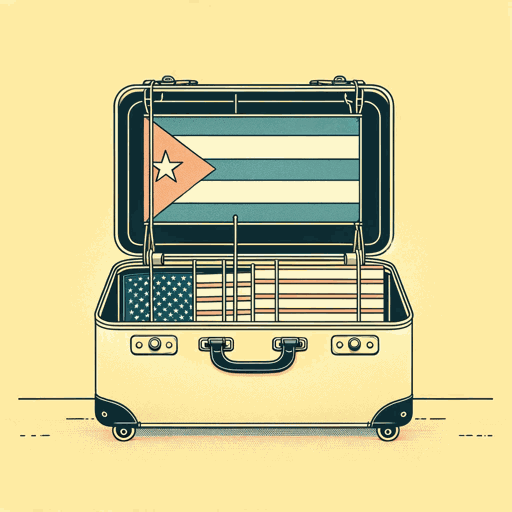43 pages • 1 hour read
Christina Diaz GonzalezInvisible
Fiction | Graphic Novel/Book | Middle Grade | Published in 2022A modern alternative to SparkNotes and CliffsNotes, SuperSummary offers high-quality Study Guides with detailed chapter summaries and analysis of major themes, characters, and more.
Symbols & Motifs
Racism and Stereotypes
Racism and stereotyping are common issues faced by children of immigrant families and the Latinx population of the United States in general. The students in Invisible each come from a unique background, have individual interests and personality traits, and differing views on themselves, each other, and the world. Yet despite all these differences, many people in the community—including the school staff—obtusely believe that all of the Spanish-speaking students must share identical cultural backgrounds. Thus, the titular concept of invisibility speaks to the ways in which such overgeneralizations harm the students’ own self-image and self-esteem, for when those who stereotype the students fail to see and appreciate them for who they truly are. At the beginning of the narrative, for example, the interviewer assumes that all of the students are Mexican without even taking the time to respectfully ask them about their individual backgrounds and heritage.
The kids seem irritated when issues such as this crop up, and this is especially true for Dayara, whose face turns red when Mrs. Grouser assumes her to be a “problem child” simply because she does not yet speak English. As the students get to know each other, it becomes clear that they all feel immense pressure to succeed, for their parents worked hard to bring them to America and now expect them to make full use of the opportunities that are supposedly available to them.
Related Titles
By Christina Diaz Gonzalez


